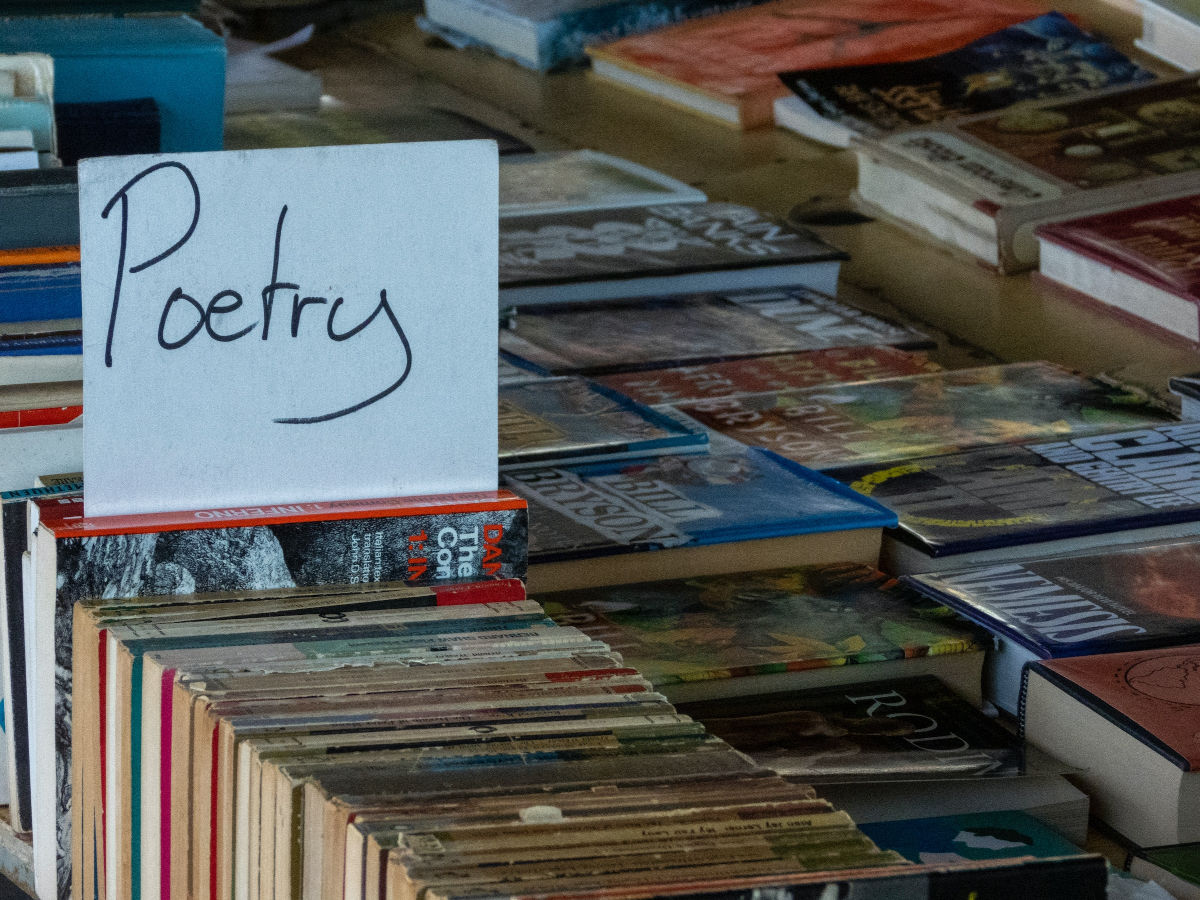In the modern Indian poetic landscape, there has been a significant shift in the themes, styles, and voices. These are emerging in contemporary Indian poetry. As the world becomes more interconnected and diverse, Indian poets are reflecting these changes in their work.
Gone are the days when Indian poetry solely focused on traditional themes, such as love, nature, and spirituality. Today, poets are exploring a wide range of topics, including social and political issues, gender and identity, globalization, and urbanization. This shift in focus has allowed for a greater representation of the complexities and realities of modern Indian society.
Styles of Poetry
Furthermore, the styles of poetry being employed have also evolved. Traditional forms such as ghazals, sonnets, and haikus are still present
However, there has been a surge of experimentation with new forms and structures. Poets are pushing the boundaries of language and form, merging traditional and contemporary elements, and exploring new ways to express their ideas and emotions.
Another notable aspect of the modern Indian poetic landscape is the diverse voices that are being represented. Poets from various regions, languages, religions, and social backgrounds are contributing to the richness and diversity of Indian poetry. This inclusivity has provided a platform for marginalized voices to be heard, breaking down barriers and challenging the traditional canon.
In conclusion, the modern Indian poetic landscape is a dynamic and ever-evolving realm. Which reflects the complexities of contemporary Indian society.
With a focus on diverse themes, experimental styles, and inclusive voices, Indian poets are making their mark on the global literary scene and shaping the future of poetry.
Prominent Indian poets have made significant contributions to the art form, enriching the literary landscape of the country. These poets have not only showcased their individual creativity.
But also captured the essence of India’s diverse culture, history, and social issues through their poetic verses.
The Impact of Indian Poets on Society
One such poet is Rabindranath Tagore, who is often considered the father of modern Indian literature. Tagore’s works, including his collection of poems in Gitanjali, have left a lasting impact on Indian literature. His poems beautifully express a wide range of emotions and thoughts, exploring themes such as love, nature, spirituality, and nationalism. Tagore’s ability to connect with readers through his poignant verses earned him the prestigious Nobel Prize in Literature in 1913. Making him the first non-European to receive this honor.
Another highly regarded poet is Kuvempu, who is known for his contributions to Kannada literature. Kuvempu’s poetry reflects his deep connection with nature and his passion for social justice. His powerful verses advocate for equality and address prevalent social issues. Making him a notable figure in the Indian literary scene.
Amrita Pritam, a renowned poet and novelist, is celebrated for her impactful writings. Especially on female empowerment and the pain of partition. Known for her bold and fearless approach to writing, Pritam fearlessly delved into controversial subjects. Breaking societal norms and challenging the status quo. Her poetry resonates with readers, addressing the struggles faced by women in Indian society.
Sarojini Naidu, also known as the Nightingale of India, was a prominent poet and freedom fighter. Naidu’s poetry beautifully captured the spirit of India’s independence movement. He played a significant role in inspiring and mobilizing the masses through her words. Her poems often showcased her admiration for India’s rich heritage and fought against social injustices prevalent during her time.
Examples of Indian Poets
These are just a few examples of the many influential Indian poets whose works continue to inspire and captivate readers. Through their contributions, these poets have not only left an indelible mark on Indian literature. But also contributed to shaping the cultural, social, and political fabric of the country. Their poetry serves as a reminder of the power of words and their ability to evoke emotions. They provoke thoughts and create lasting change.
Why Is Indian Poetry So Popular
Indian poetry is a rich and diverse art form that has been shaped by a variety of regional variations. From the ancient Sanskrit epics to modern poetry written in various Indian languages. There is a wide range of poetic traditions and styles in India.
One of the key factors contributing to the diversity of Indian poetry is the vast geographical and cultural differences across the country. Different regions of India have their own unique poetic traditions. Which are often deeply rooted in the local languages, customs, and folklore. For example, the ghazal, a form of poetry often associated with Urdu. Its origins are in the Persian poetic tradition but have been widely adopted and adapted by poets in different regions of India.
Furthermore, Indian poetry has also been influenced by the interactions and exchanges with other cultures and literary traditions. Throughout history, India has been a melting pot of different civilizations, leading to the blending of various influences in its poetry. For instance, the Bhakti movement in medieval India saw the merging of Hindu and Islamic poetic traditions. Which resulted in the creation of a unique synthesis of religious poetry.
Another factor that has shaped Indian poetry is the influence of oral traditions. Poetry in India has a strong oral tradition, with many poems being composed and transmitted orally for generations. This has had a profound impact on the form and structure of Indian poetry. With an emphasis on rhythm, repetition, and the use of musical devices such as rhyme and alliteration.
Overall, the regional variations and diverse influences on Indian poetry have contributed to the richness and complexity of the art form. It is this diversity that makes Indian poetry a fascinating and vibrant part of the country’s cultural heritage.
Ancient Indian Poetry
Ancient Indian poetry is a captivating and cherished form of literary expression. Which carries with it a rich cultural heritage and a profound insight into the history and traditions of the Indian subcontinent. This timeless art form provides a unique window into the past. Also, it offers glimpses into the lives, beliefs, and emotions of our ancestors.
Dating back thousands of years, ancient Indian poetry encompasses a wide range of genres and styles. From the religious hymns of the Vedas to the passionate love poems of the Bhakti movement. Each period represents a distinct chapter in the evolution of Indian literature.
One of the most well-known and influential works of ancient Indian poetry is the Ramayana. This epic poem is attributed to the sage Valmiki. Which narrates the journey of Prince Rama as he battles demons and overcomes obstacles to rescue his wife, Sita. This timeless tale not only provides intricate details of ancient Indian society and values. But also explores themes of love, loyalty, and righteousness that resonate with readers across generations.
About Mahabharatha
Another notable work is the Mahabharata, an epic that is not only the longest poem ever recorded but also one of the most complex and profound. This vast tapestry of verses weaves together intricate plots, moral dilemmas, and philosophical discourses. It explores the eternal struggle between good and evil. The Mahabharata encapsulates the human condition, offering profound insights into the nature of duty, honor, and the significance of choices.
The ancient Tamil text, Thirukkural, is another gem of Indian poetry that has transcended time and remains influential to this day. Composed by the saint Thiruvalluvar, Thirukkural is a collection of 1,330 couplets. They cover a wide range of topics, including ethics, love, wealth, and governance. Each insightful verse encapsulates profound wisdom and serves as a guide for moral living.
Summary
Ancient Indian poetry offers a remarkable journey through time. Allowing us to delve into the minds and hearts of our ancestors. By contemplating these literary masterpieces. We gain a deeper understanding of the rich tapestry of Indian culture and the timeless truths that continue to resonate with us today.


